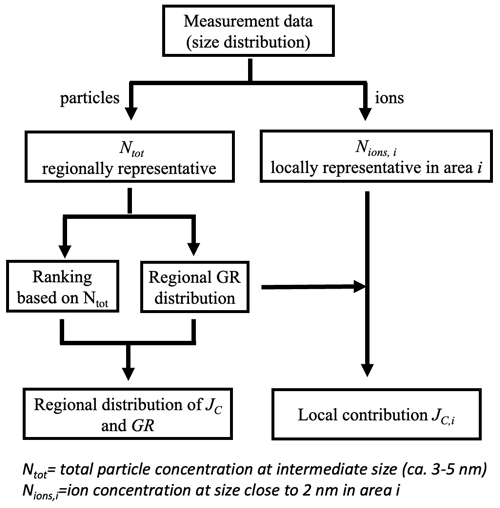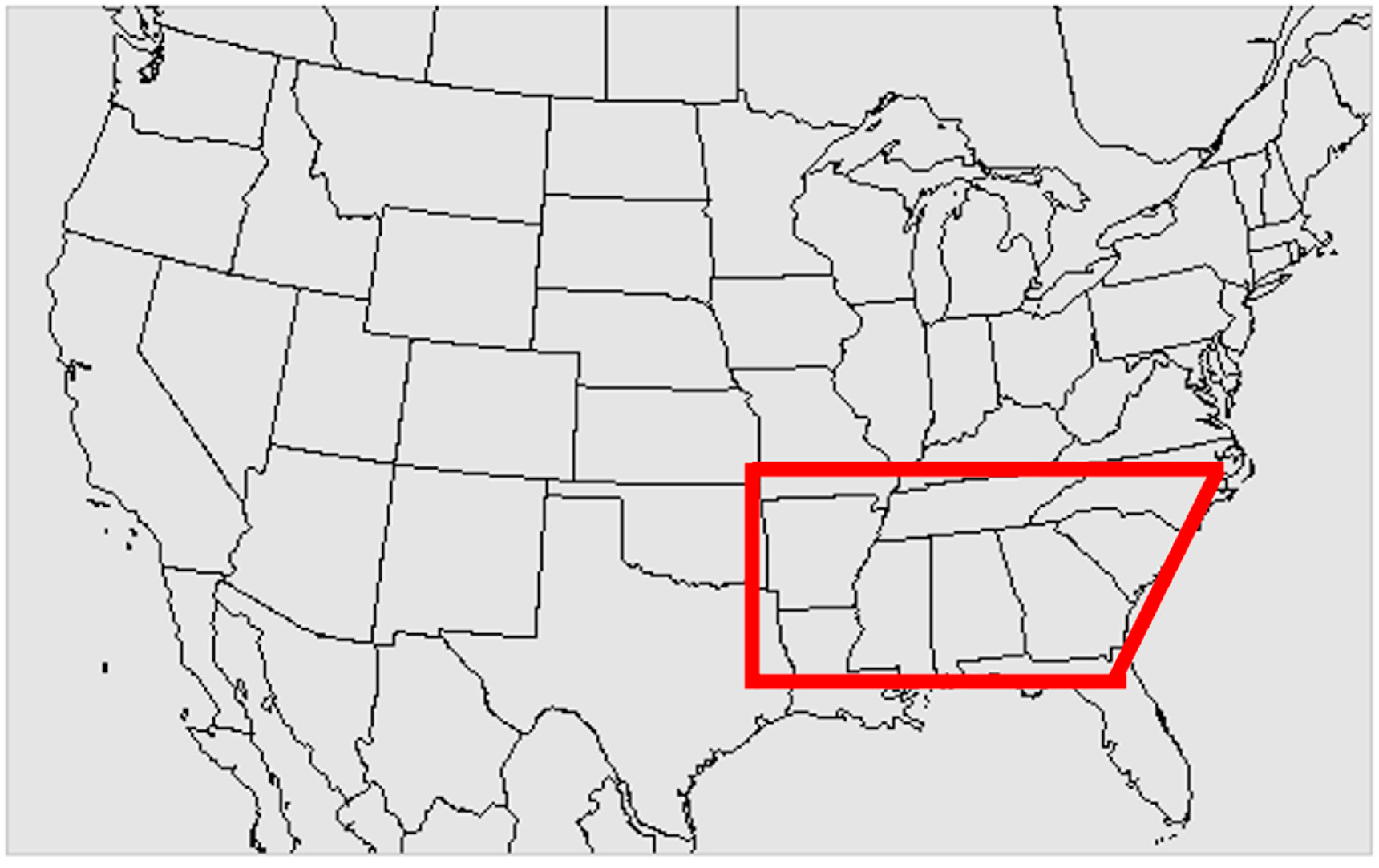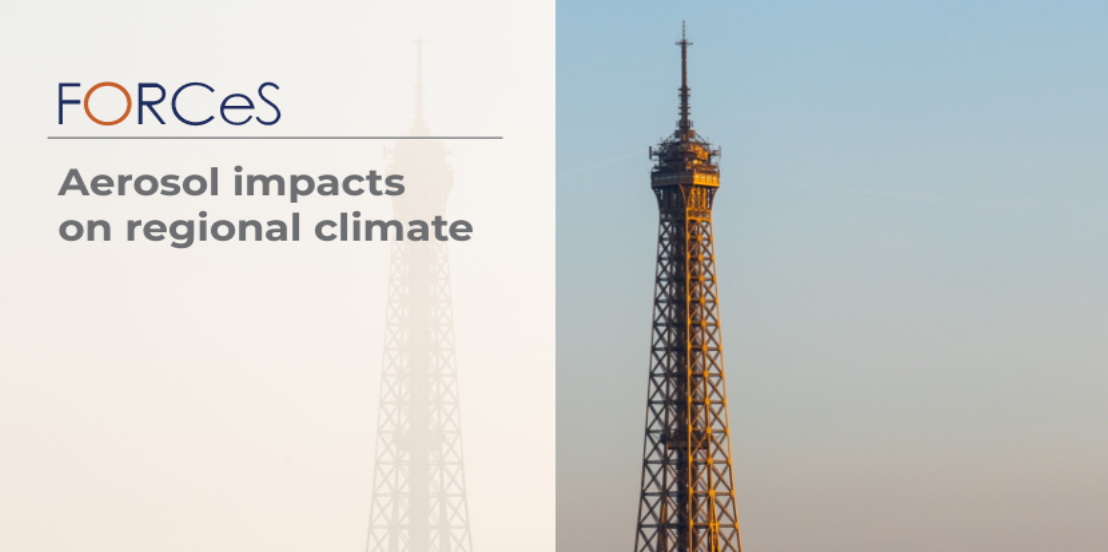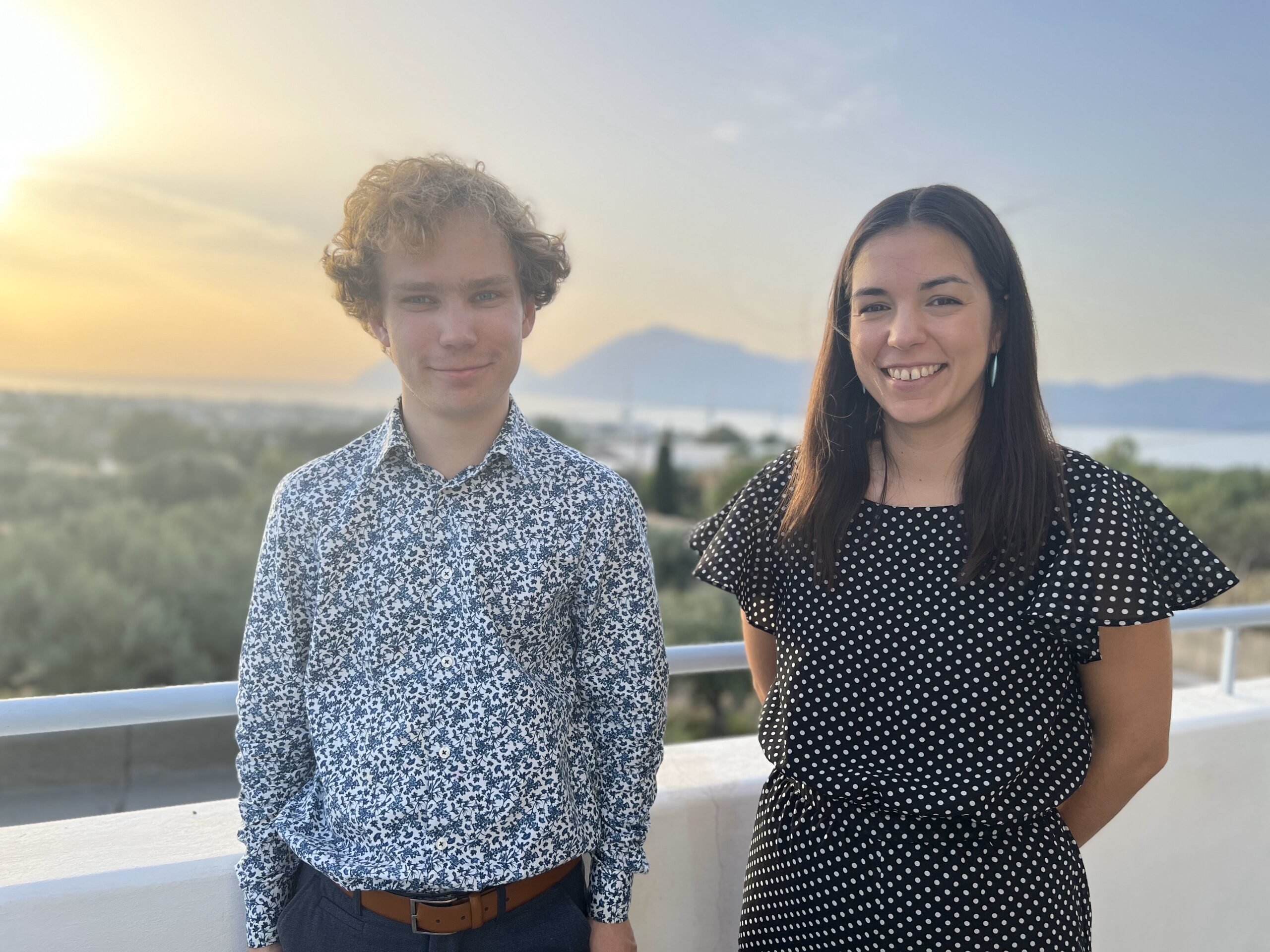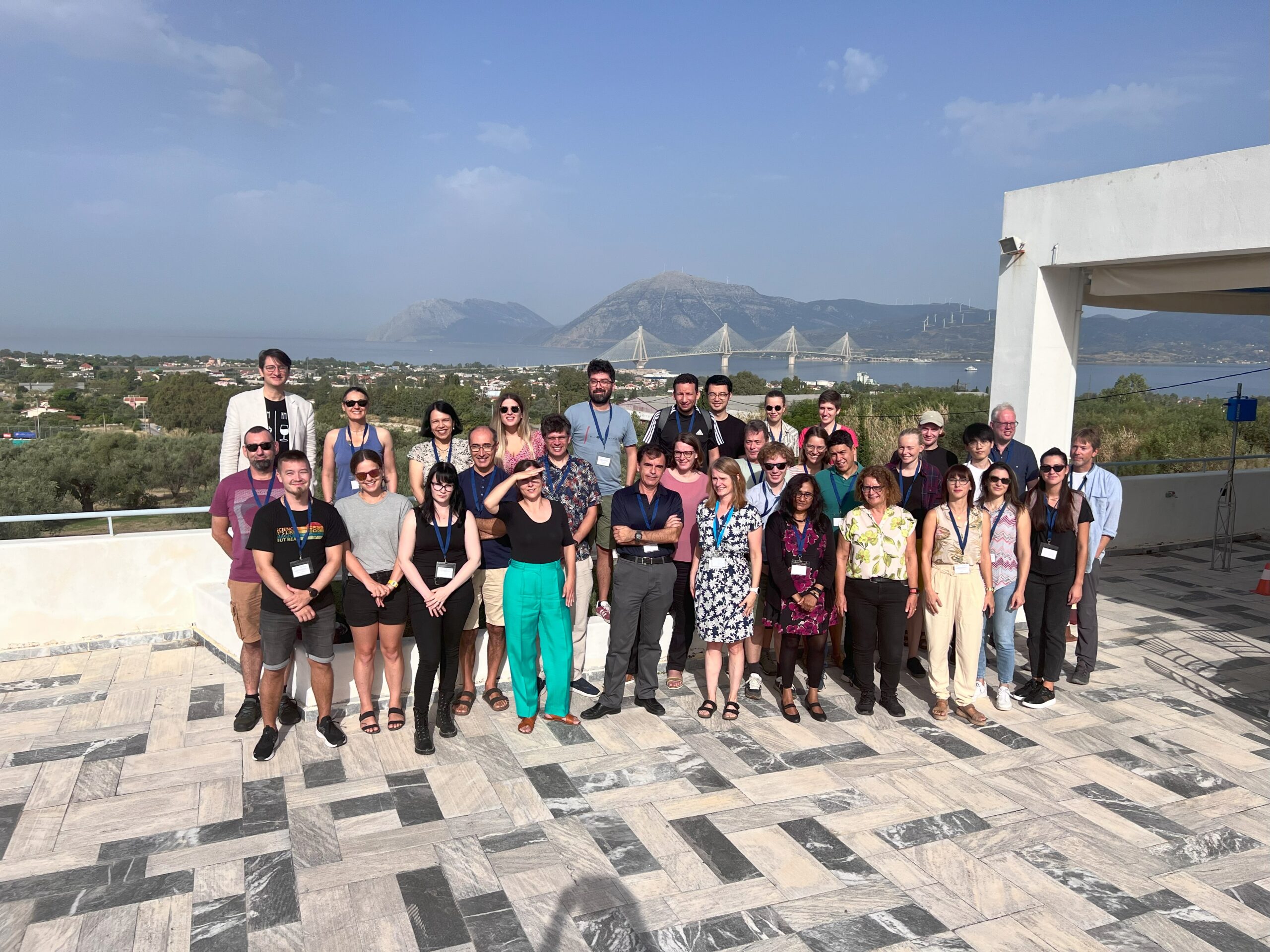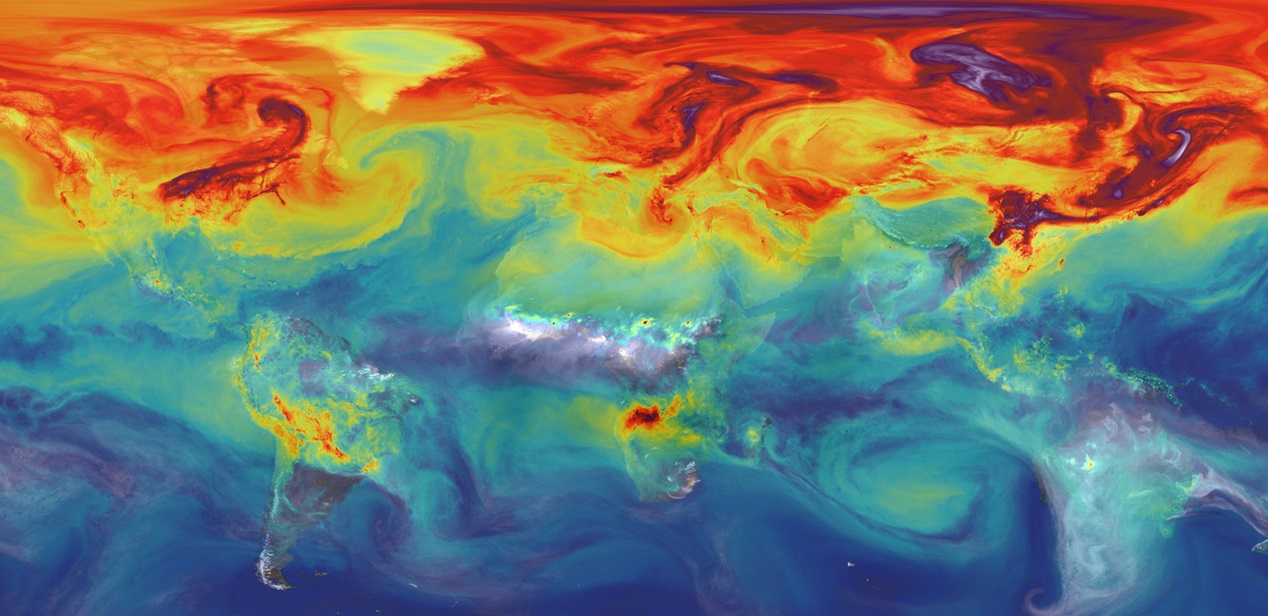Cloud response to co-condensation of water and organic vapors over the boreal forest
FORCeS participants Liine Heikkinen, Daniel Partridge, Sara Blichner, Rahul Ranjan, Tuukka Petäjä, Claudia Mohr, and Ilona Riipinen just published a study investigating cloud response to co-condensation of water and organic…

